Home>Furniture & Design>Bathroom Accessories>Why Is My Philips Toothbrush Not Charging
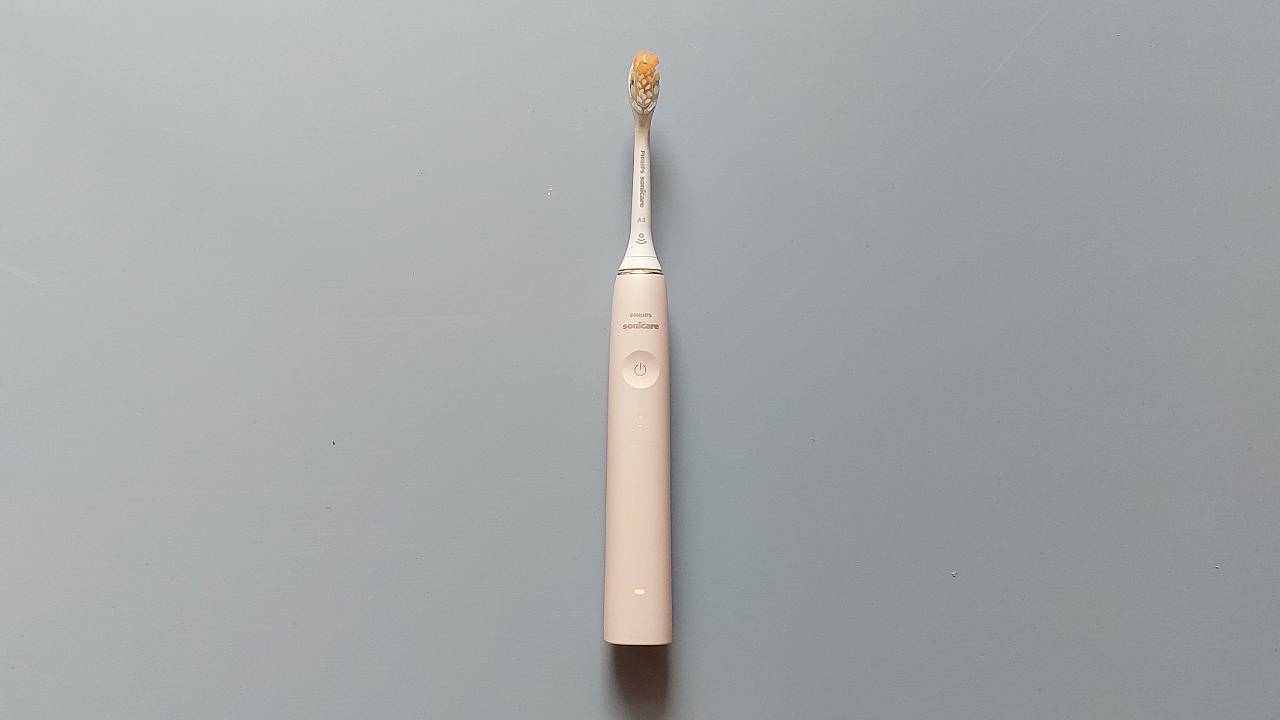

Bathroom Accessories
Why Is My Philips Toothbrush Not Charging
Modified: March 24, 2024
Discover common reasons why your Philips toothbrush may not be charging and find solutions. Explore troubleshooting tips for bathroom accessories.
(Many of the links in this article redirect to a specific reviewed product. Your purchase of these products through affiliate links helps to generate commission for Storables.com, at no extra cost. Learn more)
Introduction
When it comes to maintaining good oral hygiene, an electric toothbrush can be a game-changer. Philips, a renowned brand in the realm of dental care, offers a range of high-quality electric toothbrushes designed to provide effective and convenient oral care. However, encountering issues with the charging of your Philips toothbrush can be frustrating and may hinder your daily oral care routine. If you find yourself in a situation where your Philips toothbrush is not charging as expected, there are several potential factors to consider and troubleshoot. In this comprehensive guide, we will delve into the common reasons why your Philips toothbrush may not be charging and provide practical solutions to address this issue.
A malfunctioning toothbrush charger or a disrupted charging process can disrupt your daily oral care routine, potentially leading to inadequate plaque removal and compromised oral health. Therefore, understanding the possible causes of charging issues and knowing how to troubleshoot them is crucial for ensuring the optimal performance of your Philips electric toothbrush. By addressing these issues effectively, you can continue to enjoy the benefits of using an electric toothbrush, such as superior plaque removal, improved gum health, and a thorough cleaning experience.
In the following sections, we will explore various troubleshooting steps to help you identify and resolve the charging issues with your Philips toothbrush. From checking the power source to cleaning the charging contacts and resetting the toothbrush, we will provide detailed insights and actionable solutions to assist you in restoring the charging functionality of your electric toothbrush. Additionally, we will highlight the importance of reaching out to Philips customer support for expert assistance in cases where the issue persists despite troubleshooting efforts. By following the guidance outlined in this article, you can gain a deeper understanding of the potential reasons behind your Philips toothbrush not charging and take proactive steps to rectify the issue, ensuring that your oral care routine remains uninterrupted and effective.
Key Takeaways:
- Keep your Philips toothbrush charging by checking the power source, cleaning the charging contacts, and inspecting the charger and cable. Don’t forget to reach out to Philips customer support for expert assistance if issues persist.
- If your Philips toothbrush isn’t charging, try resetting it following the user manual instructions. If the problem persists, contact Philips customer support for personalized assistance and potential repair or replacement options.
Read more: How To Charge Philips Sonicare Toothbrush
Check the power source
The first step in troubleshooting a Philips toothbrush that is not charging is to ensure that the power source is functioning correctly. A reliable power supply is essential for the charging process to initiate and complete successfully. Begin by confirming that the power outlet or charging base you are using is operational. You can do this by plugging in another electronic device or appliance to verify if the outlet is providing power. If the alternate device functions properly when connected to the same outlet, it indicates that the power source is not the issue.
Next, if your Philips toothbrush charger operates using a charging base, ensure that the base is securely connected to a functional power source. Check the power cord for any signs of damage or wear, as a damaged cord can impede the flow of electricity and prevent the toothbrush from charging effectively. Additionally, if your toothbrush charger features a USB connection, try using a different USB port or adapter to rule out any issues related to the specific port or adapter being used.
In some cases, power surges or fluctuations can affect the charging process, leading to intermittent or unsuccessful charging attempts. To mitigate this, consider using a surge protector or a different power outlet to stabilize the electrical supply and minimize the risk of charging disruptions due to power irregularities.
Furthermore, if your Philips toothbrush charger includes a charging indicator light, observe the behavior of the light when the toothbrush is connected for charging. A steady or flashing indicator light can provide valuable insights into the status of the charging process and help identify any potential power-related issues. If the indicator light does not illuminate at all, it may indicate a power supply problem that needs to be addressed.
By thoroughly examining and confirming the functionality of the power source, you can eliminate power-related issues as potential causes of the charging problem with your Philips toothbrush. Once you have verified the integrity of the power supply and ruled out any power-related issues, you can proceed to the next troubleshooting steps to further diagnose and resolve the charging issue.
Remember, ensuring a reliable power source is the foundational step in troubleshooting charging problems with your Philips toothbrush, setting the stage for a systematic and effective resolution of the issue.
Clean the charging contacts
One of the common reasons for a Philips toothbrush not charging as expected is the accumulation of dirt, toothpaste residue, or moisture on the charging contacts. Over time, these contaminants can hinder the efficient transfer of power from the charger to the toothbrush, resulting in charging issues. To address this, it is essential to clean the charging contacts thoroughly to ensure unobstructed electrical connectivity and optimal charging performance.
Begin the cleaning process by unplugging the charger from the power source to prevent any electrical mishaps. Inspect the charging contacts on both the toothbrush and the charger for any visible debris or residue. Using a soft, dry cloth, gently wipe the charging contacts on the toothbrush and the charger to remove any surface-level dirt or buildup. For stubborn residue or hard-to-reach areas, consider using a cotton swab lightly dampened with water to carefully clean the contacts, ensuring that no excess moisture enters the internal components of the toothbrush or charger.
In cases where the buildup is more persistent, a mild solution of water and gentle soap can be used to clean the charging contacts. Dampen a soft cloth with the soapy water solution and delicately wipe the contacts, taking care to avoid excessive moisture exposure. After cleaning, thoroughly dry the charging contacts with a clean, dry cloth to eliminate any residual moisture before attempting to charge the toothbrush again.
Additionally, if the charging contacts appear corroded or heavily soiled, a small amount of rubbing alcohol applied to a cotton swab can be used to gently clean and remove stubborn residue. Exercise caution to prevent the alcohol from coming into contact with other parts of the toothbrush or charger, and ensure that the contacts are completely dry before reconnecting the charger for charging.
By diligently cleaning the charging contacts on both the toothbrush and the charger, you can effectively remove any impediments to the charging process and optimize the electrical connection between the two components. This proactive maintenance approach can help restore the charging functionality of your Philips toothbrush and prevent future charging issues stemming from dirty or obstructed charging contacts.
Remember, regular cleaning of the charging contacts is a simple yet crucial step in ensuring the consistent and reliable charging performance of your Philips electric toothbrush, promoting uninterrupted oral care and a seamless charging experience.
Make sure the charging base is plugged in and the toothbrush is properly seated on it. If it still doesn’t charge, try a different outlet or contact Philips customer support.
Check the charger and cable
When troubleshooting a Philips toothbrush that is not charging, it is essential to thoroughly inspect the charger and cable for any potential issues that may be impeding the charging process. The charger and cable play a critical role in facilitating the transfer of power from the electrical source to the toothbrush, and any faults or malfunctions in these components can lead to charging disruptions.
Begin by examining the charger for any visible signs of damage, such as frayed wires, bent connectors, or cracks in the casing. These physical irregularities can compromise the integrity of the charger and hinder its ability to deliver power to the toothbrush effectively. If any damage is detected, it is imperative to discontinue the use of the charger and seek a replacement to ensure safe and reliable charging.
Next, inspect the cable connected to the charger, paying close attention to the entire length of the cable for any indications of wear, kinks, or exposed wires. A damaged cable can pose a safety hazard and may result in erratic charging behavior. If the cable exhibits any signs of damage, it should be replaced with a new, undamaged cable to maintain the safety and functionality of the charging setup.
Furthermore, check the connection points where the cable attaches to the charger and the power source. Ensure that the connections are secure and free from debris or obstruction, as loose or dirty connections can impede the flow of electricity and lead to charging issues. If necessary, gently clean the connection points using a dry cloth to remove any dirt or debris that may be affecting the electrical contact.
In cases where the charger features detachable components, such as interchangeable charging bases or detachable cables, verify that each component is securely attached and aligned correctly. Improper attachment or misalignment of detachable charger components can result in ineffective charging and should be rectified to ensure proper functionality.
Additionally, if your Philips toothbrush charger includes an indicator light to signify the charging status, observe the behavior of the light when the toothbrush is connected. A steady or flashing indicator light can provide valuable insights into the charging process and help identify any potential issues with the charger or cable.
By meticulously examining the charger and cable for any damage, wear, or connectivity issues, you can identify and address potential factors contributing to the charging problem with your Philips toothbrush. Ensuring the integrity and functionality of the charger and cable is instrumental in maintaining a reliable and efficient charging process, ultimately supporting the consistent performance of your electric toothbrush.
Remember, a thorough assessment of the charger and cable is crucial for pinpointing and resolving charging issues, allowing you to address any underlying issues and restore the optimal charging functionality of your Philips toothbrush.
Reset the toothbrush
Resetting your Philips toothbrush can serve as a valuable troubleshooting step to address charging issues and restore the device to its optimal functionality. A reset can help recalibrate the internal components of the toothbrush and resolve any underlying technical glitches that may be hindering the charging process. Before proceeding with the reset, it is important to refer to the specific reset instructions provided in the user manual or documentation accompanying your Philips toothbrush model, as the reset procedure may vary based on the device's design and features.
To initiate the reset process, begin by ensuring that the toothbrush is disconnected from the charger and powered off. Depending on the model, you may need to remove the brush head and detach the handle from the charger before proceeding with the reset. Once the toothbrush is in a powered-off state, locate the reset button or mechanism on the device. The reset button is typically a small, recessed button that may require the use of a paperclip or similar tool to press.
Using a paperclip or a suitable tool, gently press and hold the reset button for a few seconds, adhering to the specific duration recommended in the user manual. While pressing the reset button, you may observe indicators such as lights flashing or audible signals, signaling that the reset process is underway. It is important to follow the reset procedure meticulously and avoid applying excessive force or pressure to the reset button to prevent any damage to the device.
After completing the reset process, allow the toothbrush to remain powered off for a brief period before reconnecting it to the charger. Reattach the handle to the charger or reinsert the brush head, ensuring a secure connection. Subsequently, plug the charger into a reliable power source and observe the charging indicator to ascertain if the reset has resolved the charging issue. If the toothbrush begins to charge normally and the indicator light signifies the charging status, it indicates that the reset has effectively addressed the underlying technical issue.
In cases where the reset does not immediately resolve the charging problem, it is advisable to repeat the reset process or explore additional troubleshooting steps as recommended by Philips customer support. By performing a reset and diligently following the prescribed procedure, you can potentially rectify technical irregularities and restore the charging functionality of your Philips toothbrush, ensuring consistent and reliable performance.
Remember, the reset process is a valuable tool for troubleshooting charging issues and should be executed in accordance with the manufacturer's guidelines to achieve the best possible results.
Contact Philips customer support
If despite your best efforts the charging issue with your Philips toothbrush persists, reaching out to Philips customer support can provide invaluable assistance in resolving the technical issue. Philips customer support comprises a team of knowledgeable professionals who specialize in addressing product-related concerns and providing tailored solutions to ensure customer satisfaction.
When contacting Philips customer support, it is beneficial to have relevant details readily available, such as the model number of your toothbrush, a description of the specific charging issue encountered, and any troubleshooting steps you have already undertaken. This information can aid the support team in comprehensively understanding the nature of the problem and expediting the resolution process.
To initiate contact with Philips customer support, you can explore various communication channels offered by the company, including phone support, email correspondence, or live chat options available on the official Philips website. Selecting the most convenient and accessible communication method can streamline the process of seeking assistance and enable you to engage with a support representative promptly.
When communicating with the Philips support team, clearly articulate the details of the charging issue and any relevant observations or patterns you have noticed during the troubleshooting process. Providing a comprehensive overview of the problem can facilitate a more targeted and effective response from the support professionals, potentially leading to a swift resolution of the issue.
Philips customer support personnel are equipped with the expertise to guide you through advanced troubleshooting steps, offer personalized recommendations based on the specific nature of the charging issue, and provide insights into potential technical factors contributing to the problem. Their guidance can encompass a range of solutions, from intricate device diagnostics to tailored recommendations for resolving complex technical irregularities.
Furthermore, Philips customer support can offer valuable insights into warranty coverage, potential repair or replacement options, and additional resources to address the charging issue comprehensively. Leveraging the expertise and resources provided by Philips customer support can empower you to navigate the technical challenges associated with your toothbrush and ensure a seamless and effective resolution.
By engaging with Philips customer support, you can harness the collective knowledge and technical proficiency of the support team to address the charging issue with your Philips toothbrush comprehensively. Their guidance and assistance can play a pivotal role in identifying and rectifying the underlying technical factors contributing to the problem, ultimately restoring the optimal charging functionality of your electric toothbrush.
Remember, Philips customer support is dedicated to providing personalized assistance and technical expertise to address your product-related concerns effectively, ensuring that you receive the necessary support to overcome the charging issue and continue enjoying the benefits of your Philips toothbrush.
Frequently Asked Questions about Why Is My Philips Toothbrush Not Charging
Was this page helpful?
At Storables.com, we guarantee accurate and reliable information. Our content, validated by Expert Board Contributors, is crafted following stringent Editorial Policies. We're committed to providing you with well-researched, expert-backed insights for all your informational needs.
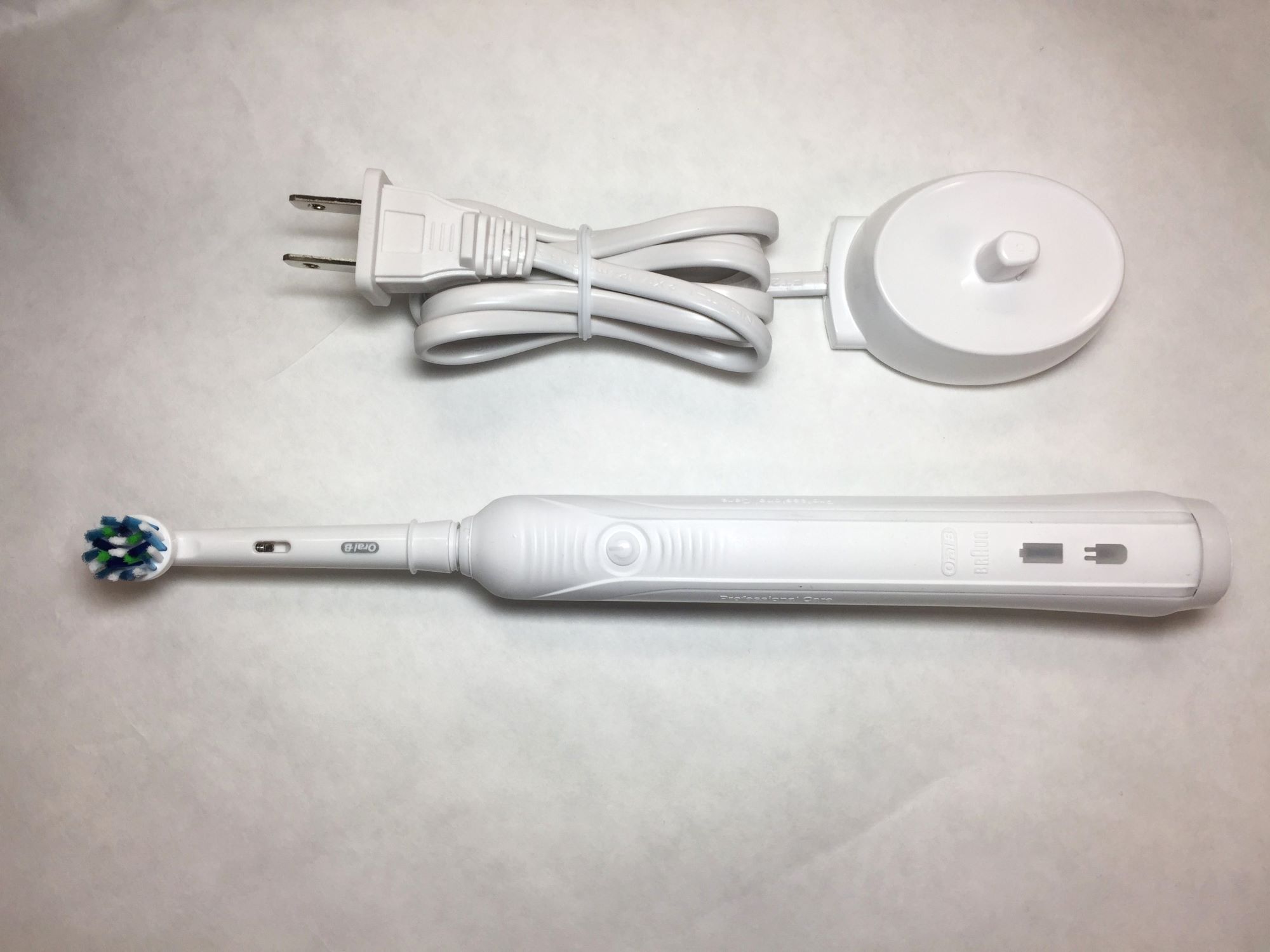
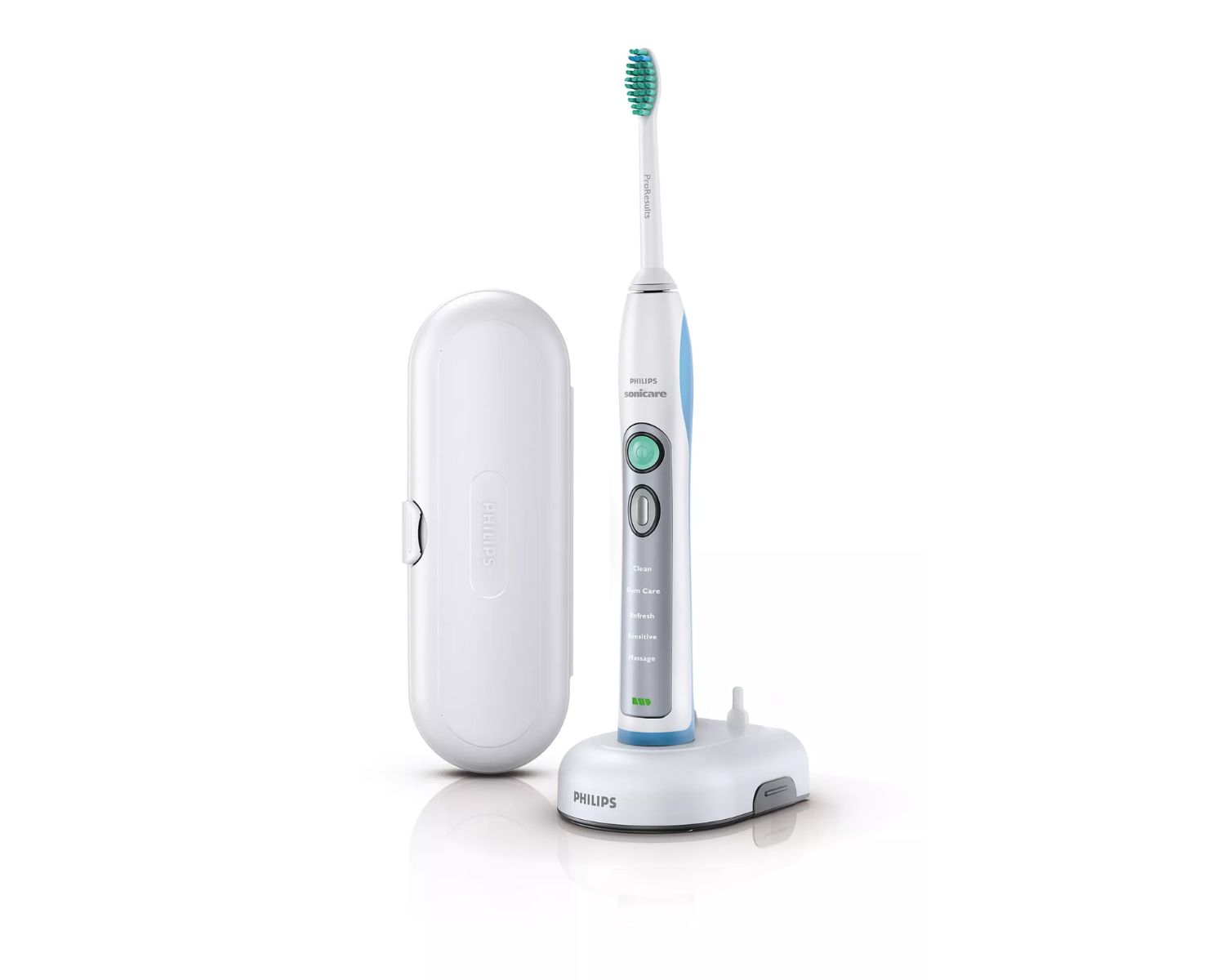
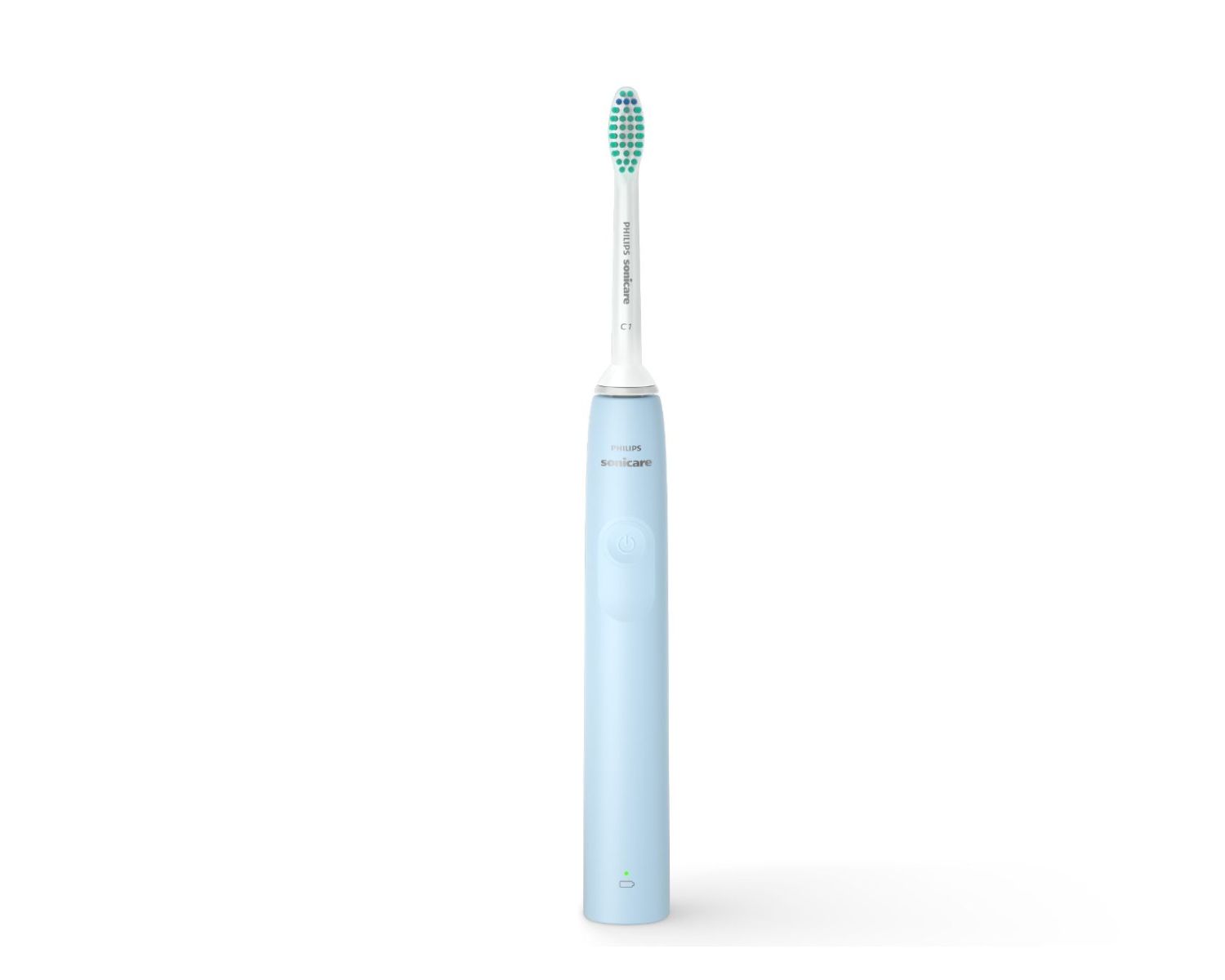
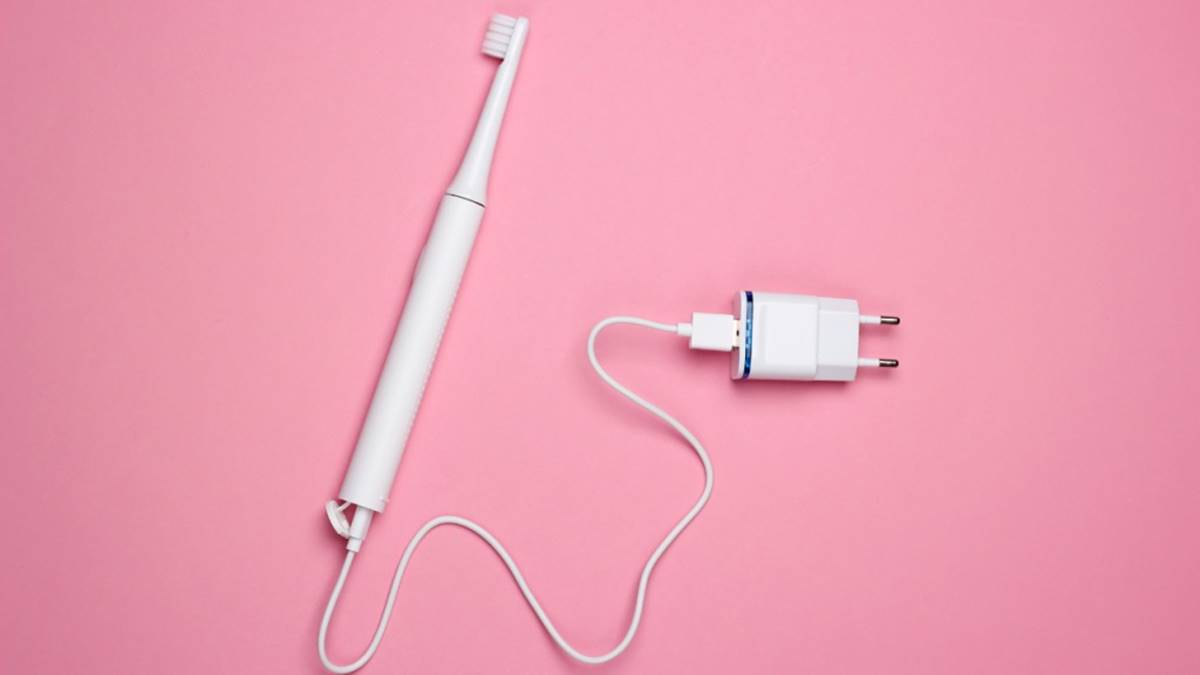
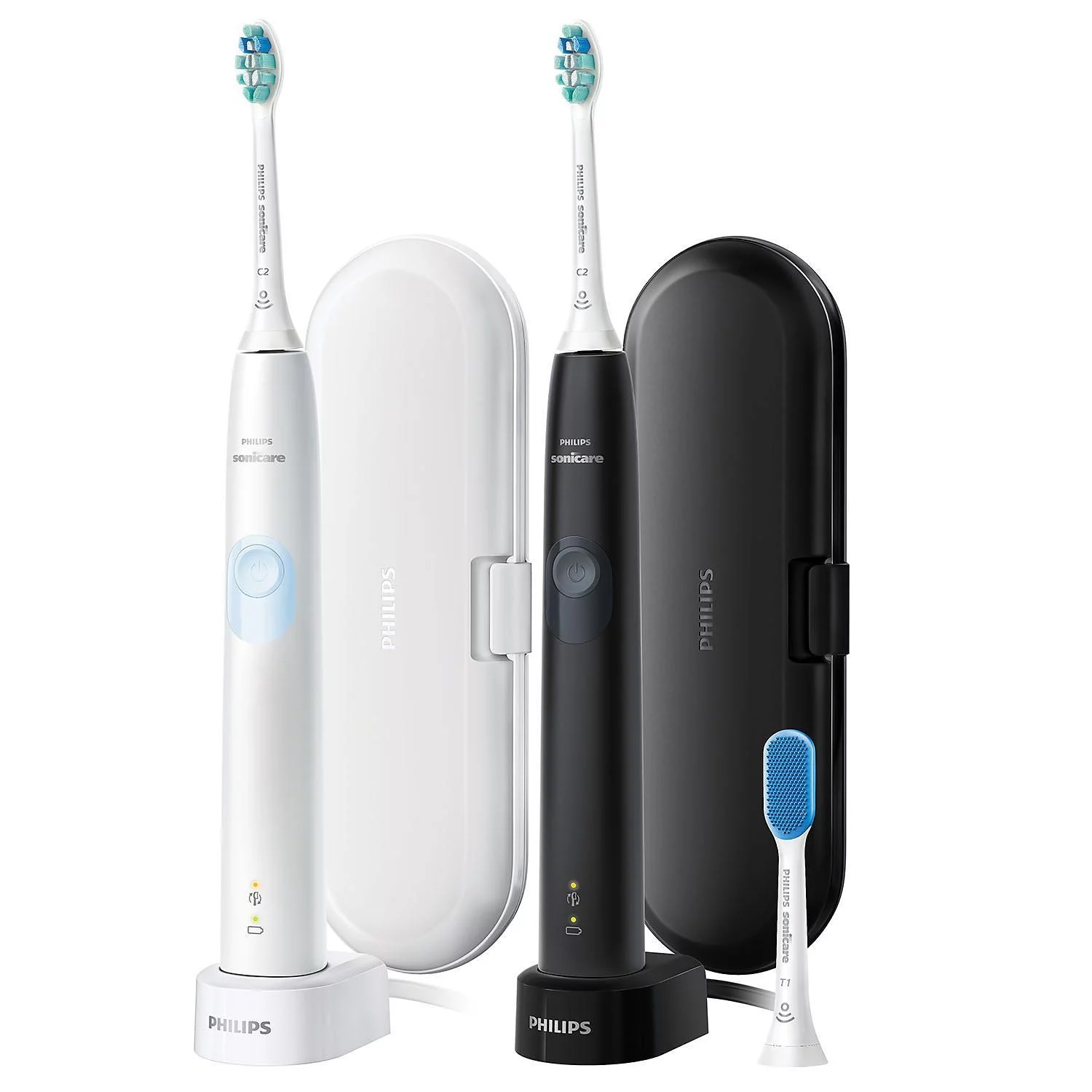
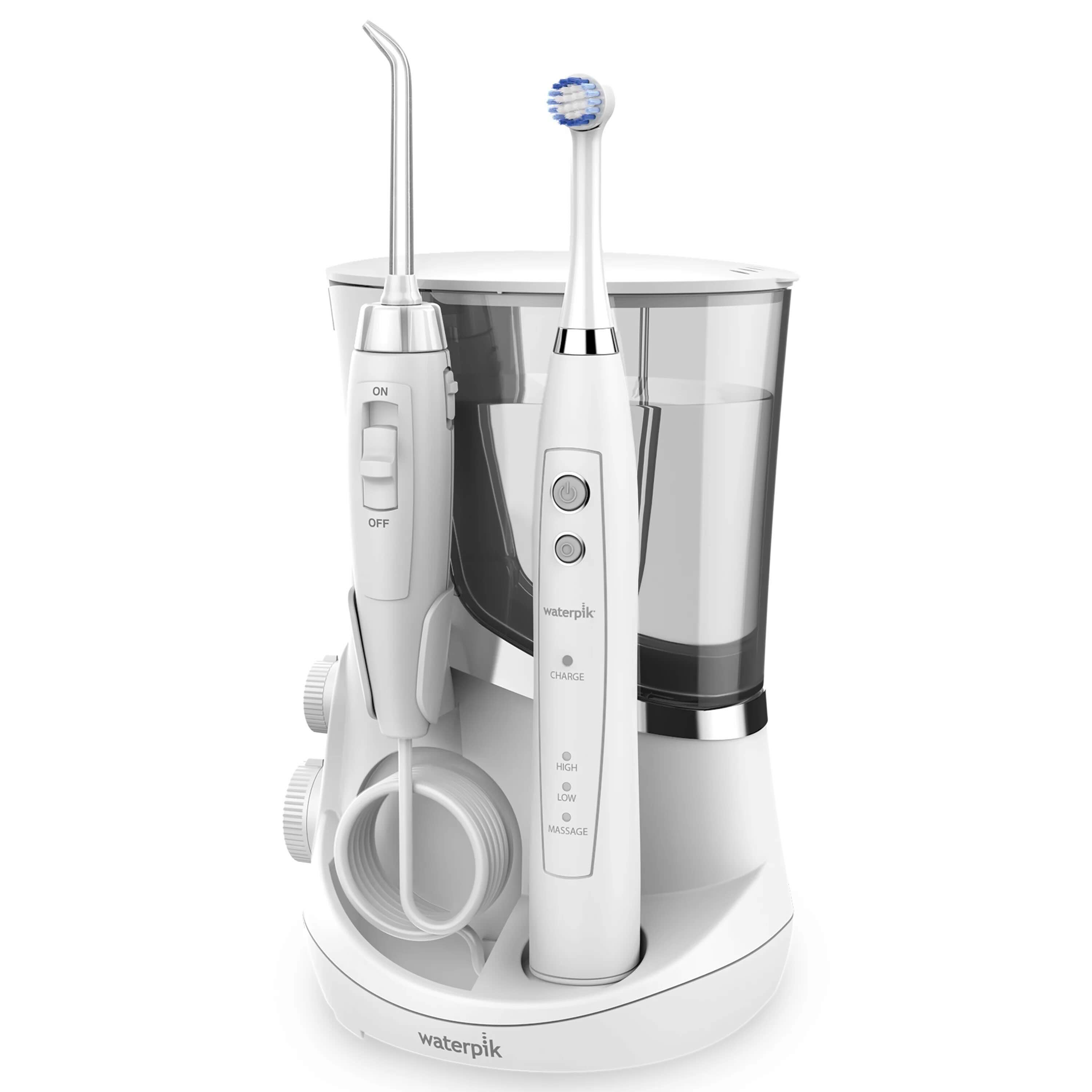
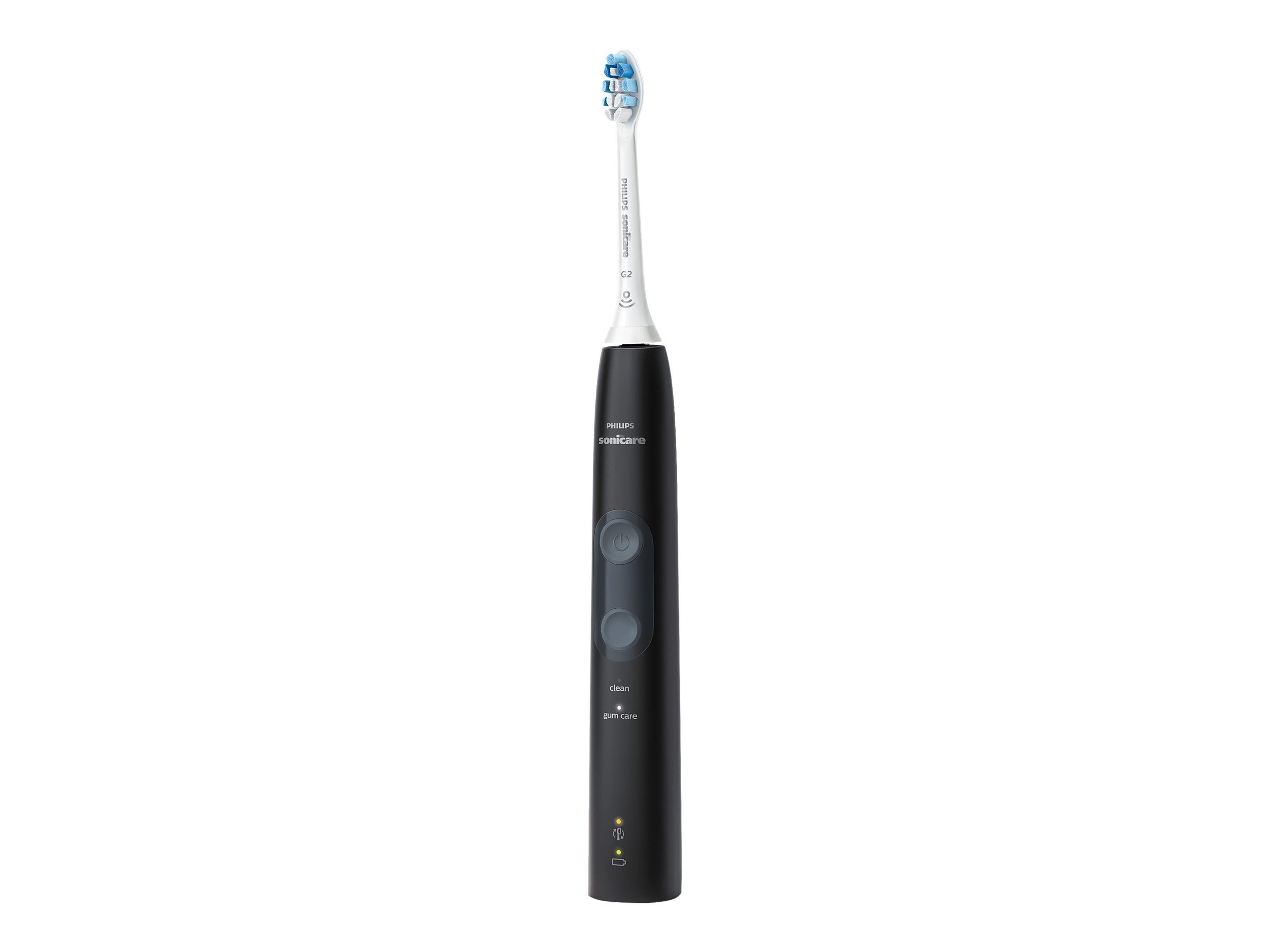
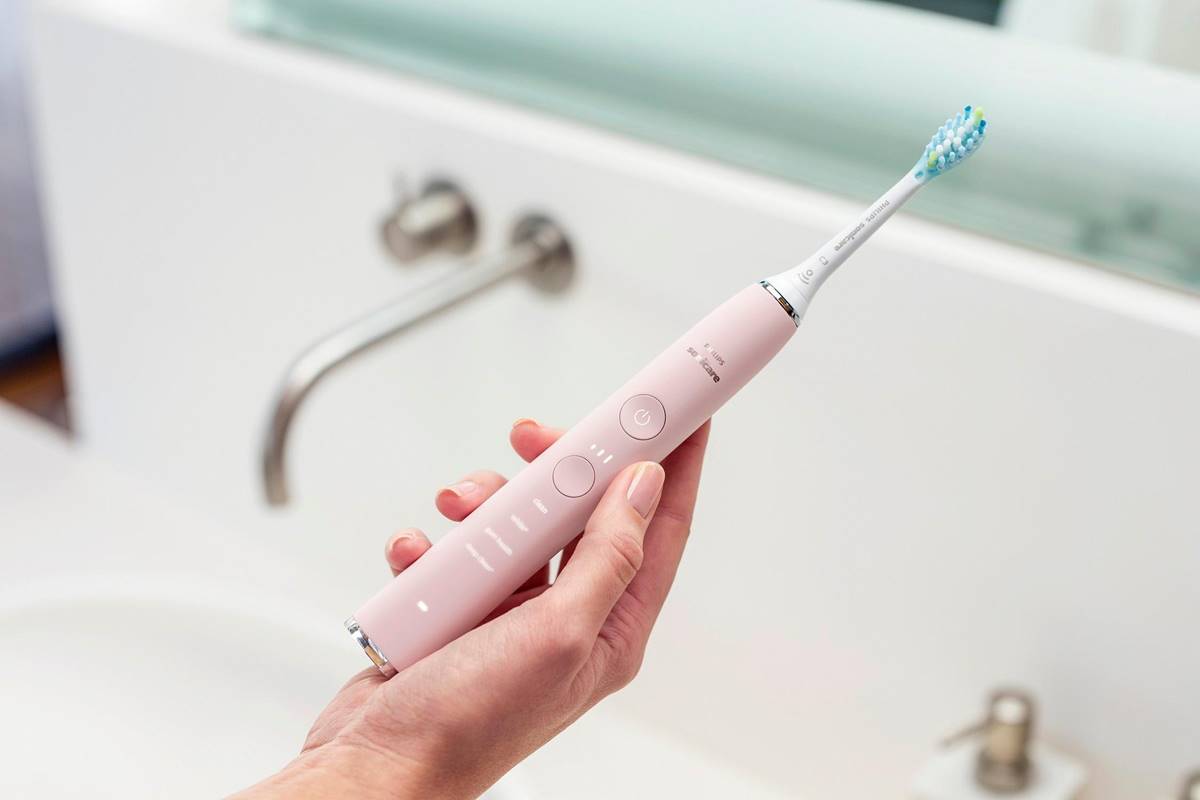
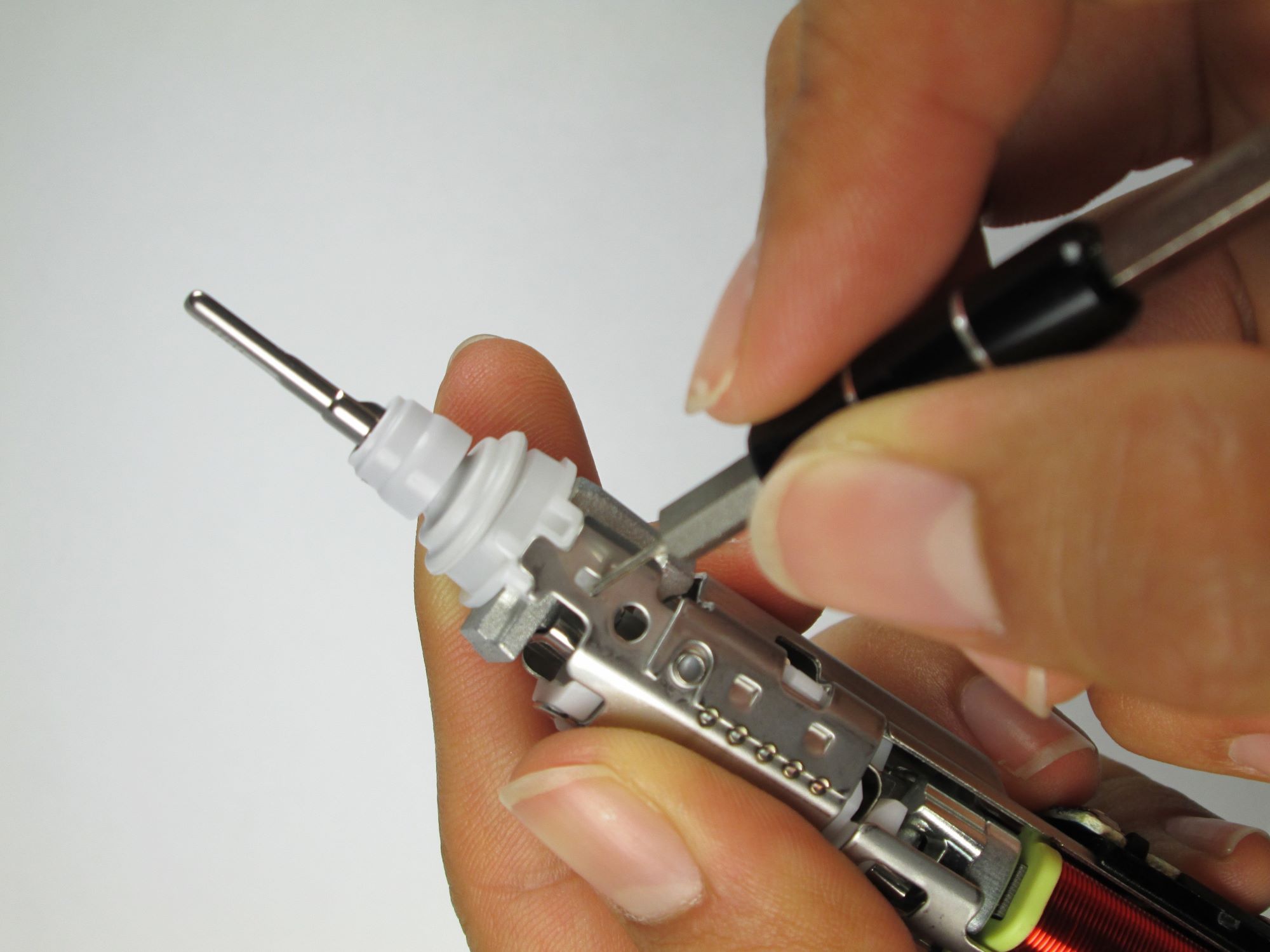
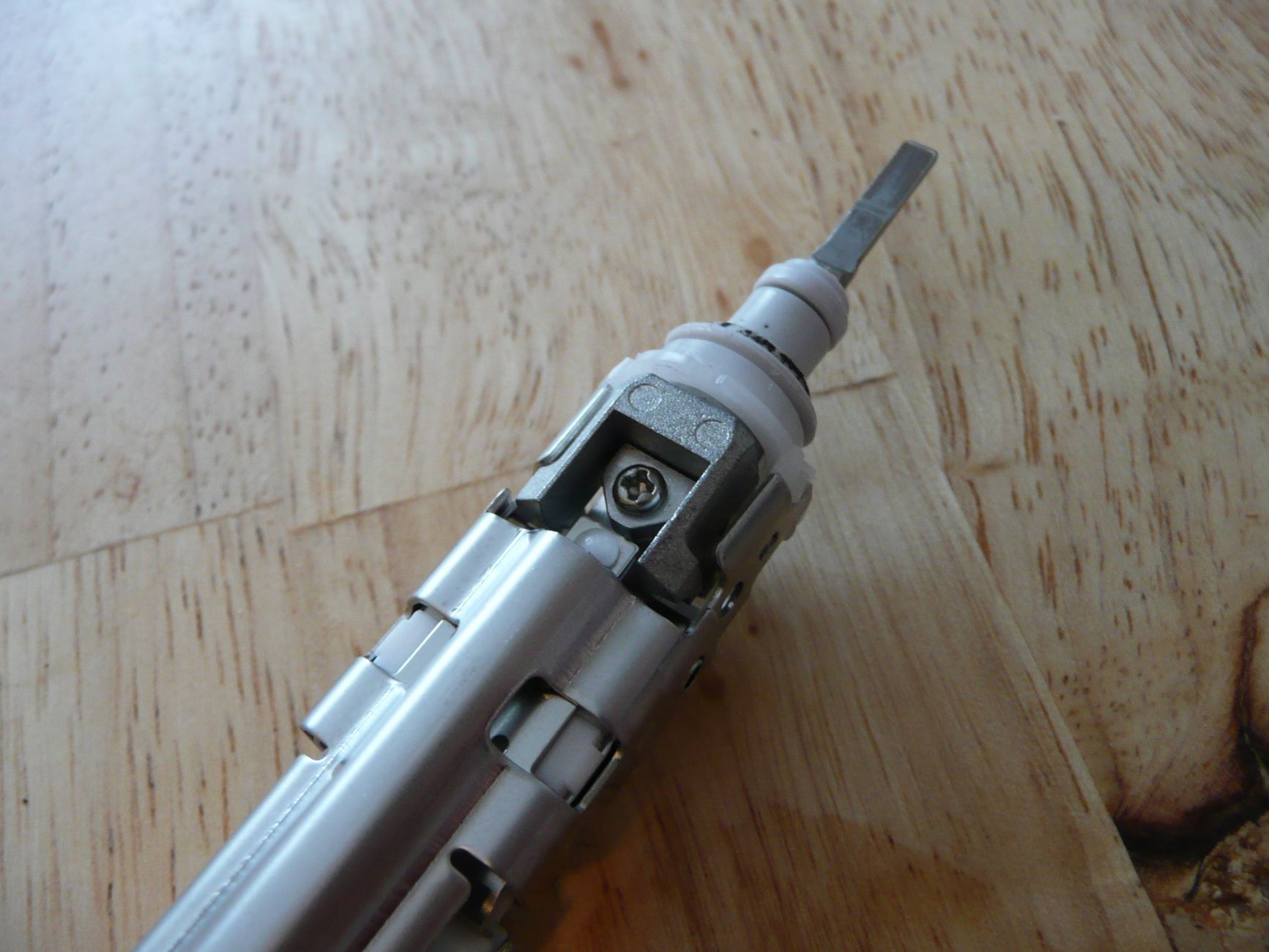
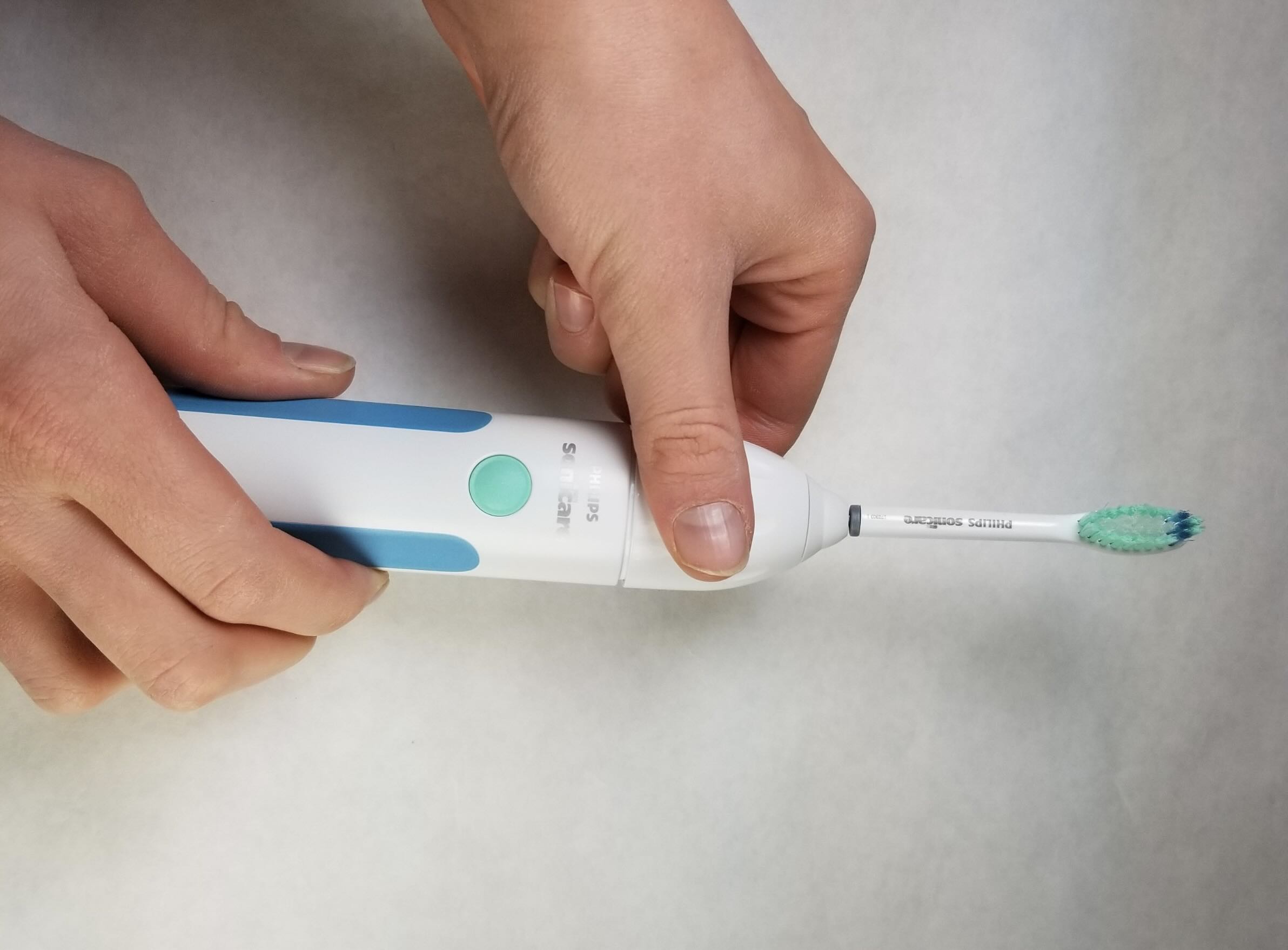
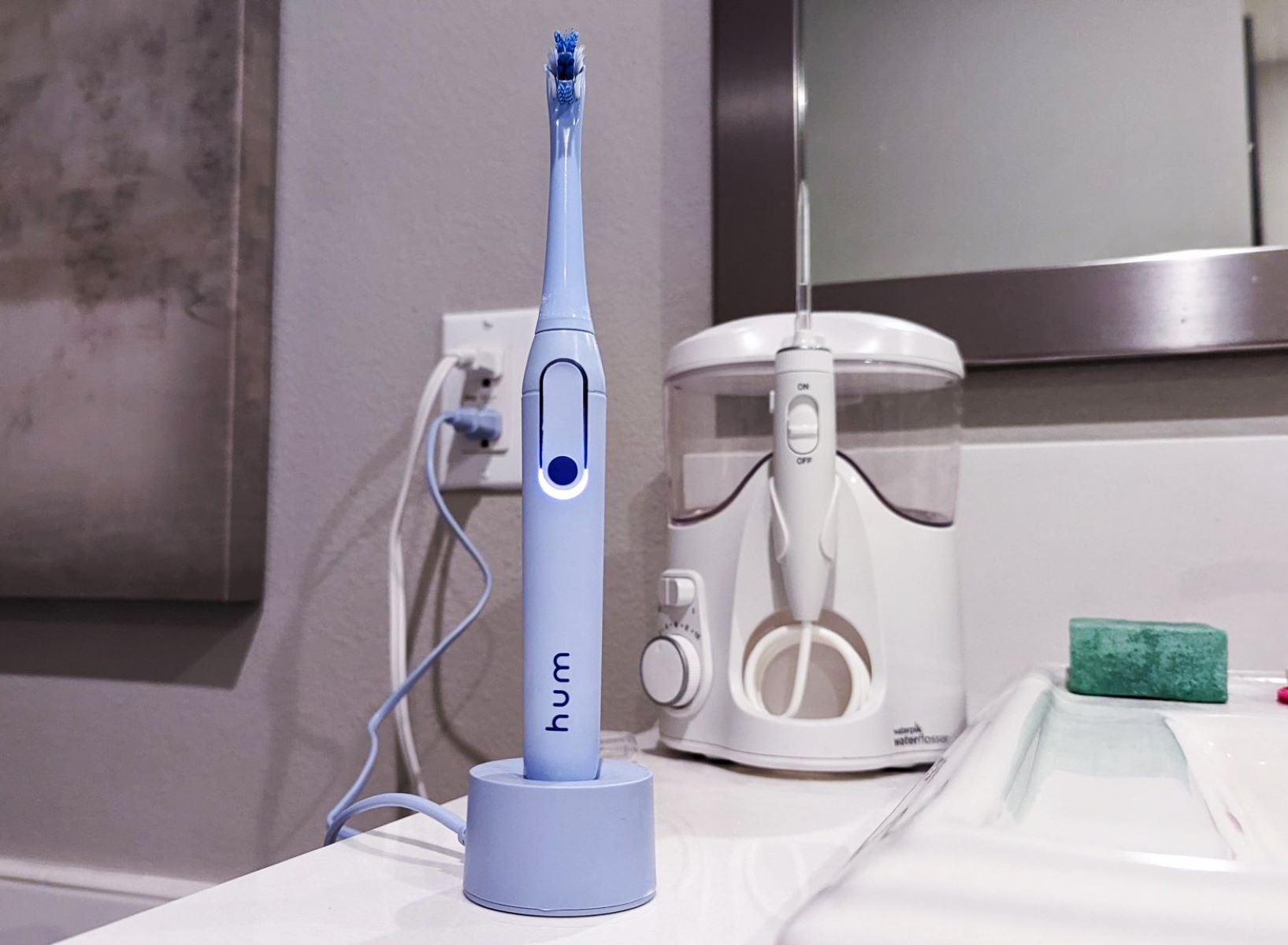
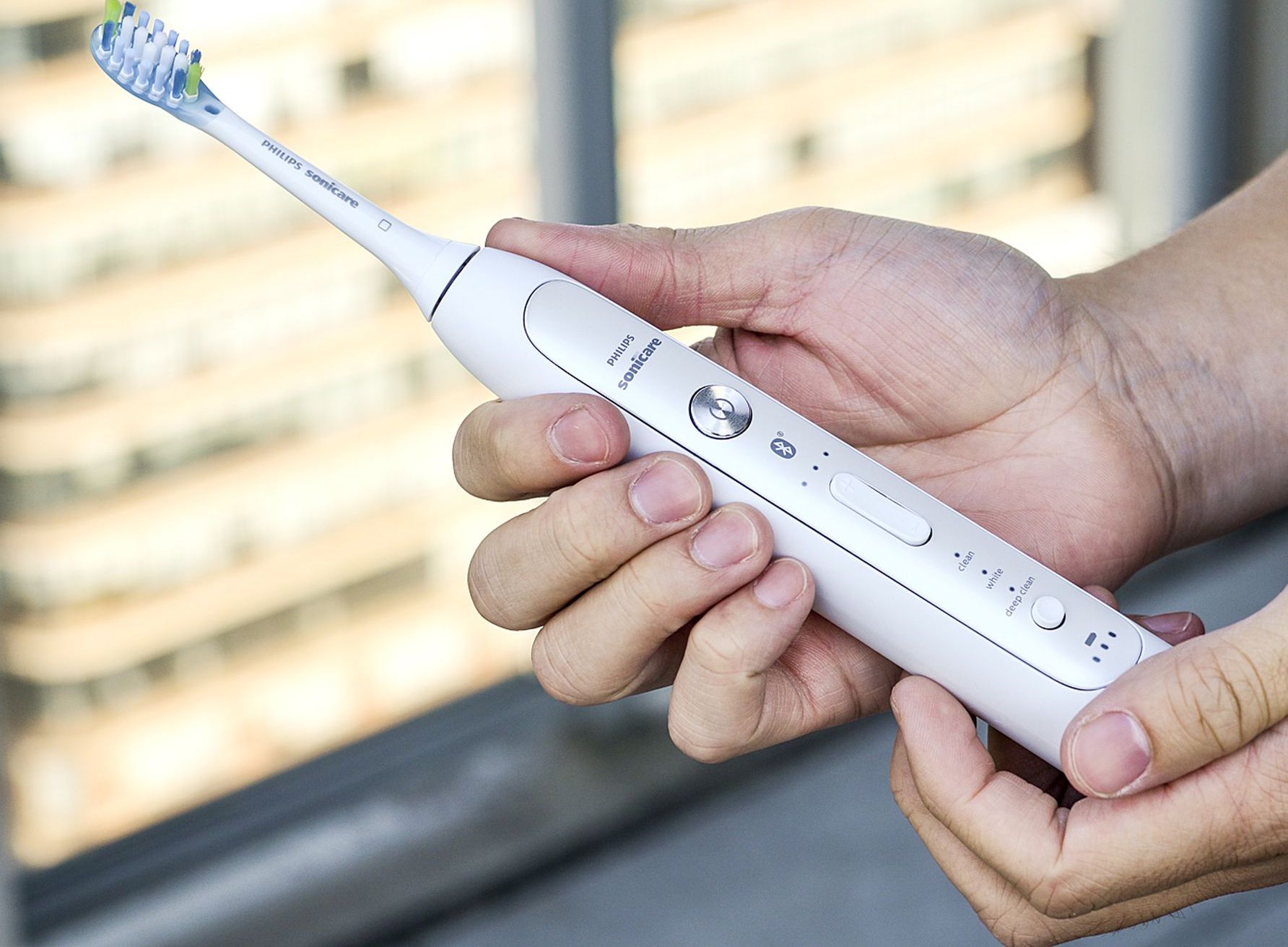
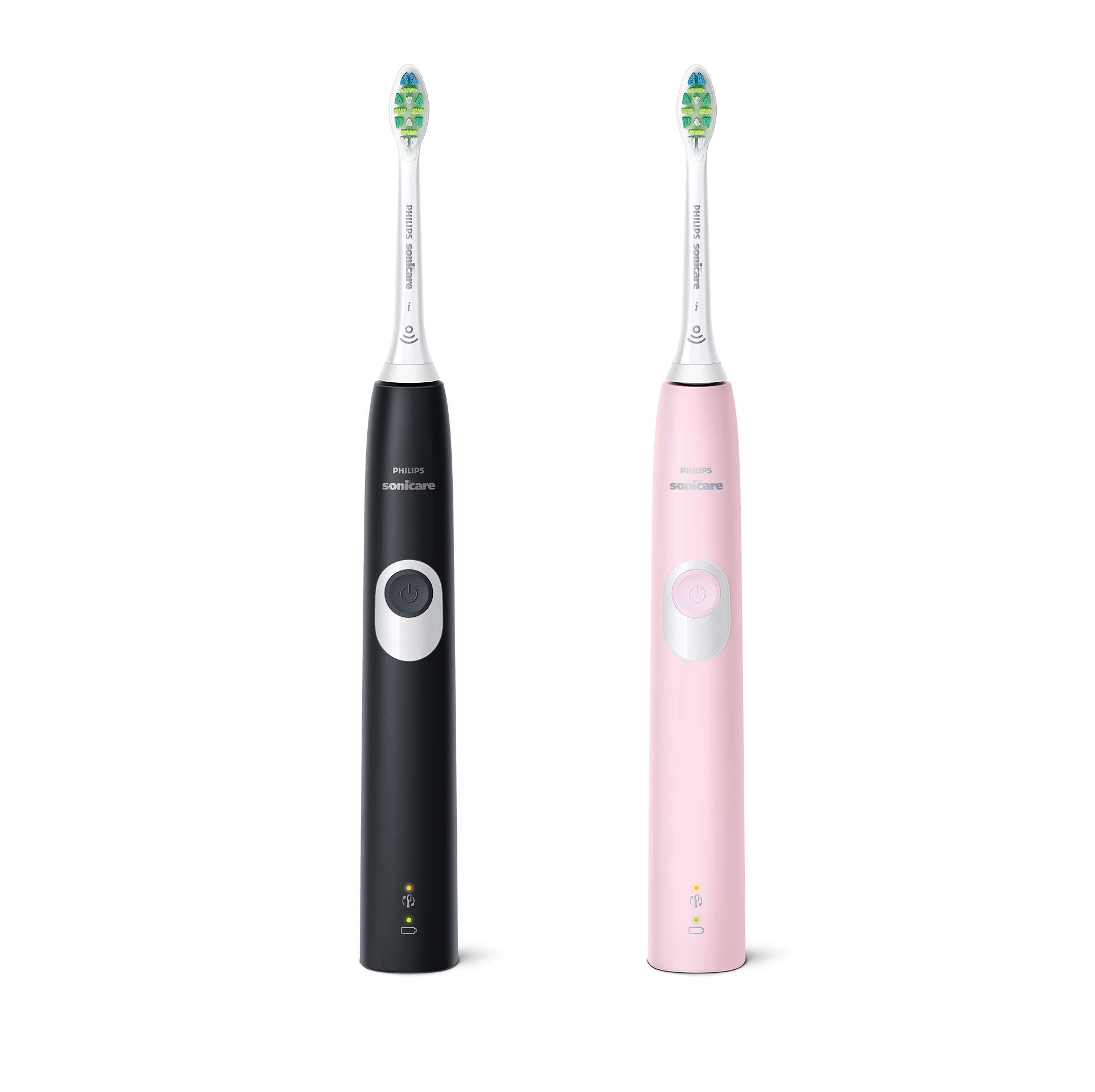

0 thoughts on “Why Is My Philips Toothbrush Not Charging”